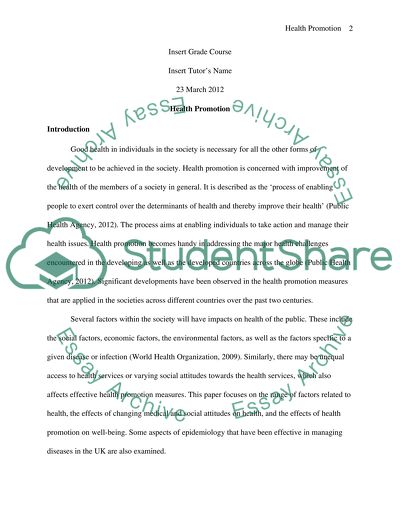Cite this document
(“Health Promotion - Theoretical Written Report Assignment”, n.d.)
Retrieved from https://studentshare.org/health-sciences-medicine/1445884-health-promotion-theoretical-written-report
Retrieved from https://studentshare.org/health-sciences-medicine/1445884-health-promotion-theoretical-written-report
(Health Promotion - Theoretical Written Report Assignment)
https://studentshare.org/health-sciences-medicine/1445884-health-promotion-theoretical-written-report.
https://studentshare.org/health-sciences-medicine/1445884-health-promotion-theoretical-written-report.
“Health Promotion - Theoretical Written Report Assignment”, n.d. https://studentshare.org/health-sciences-medicine/1445884-health-promotion-theoretical-written-report.


